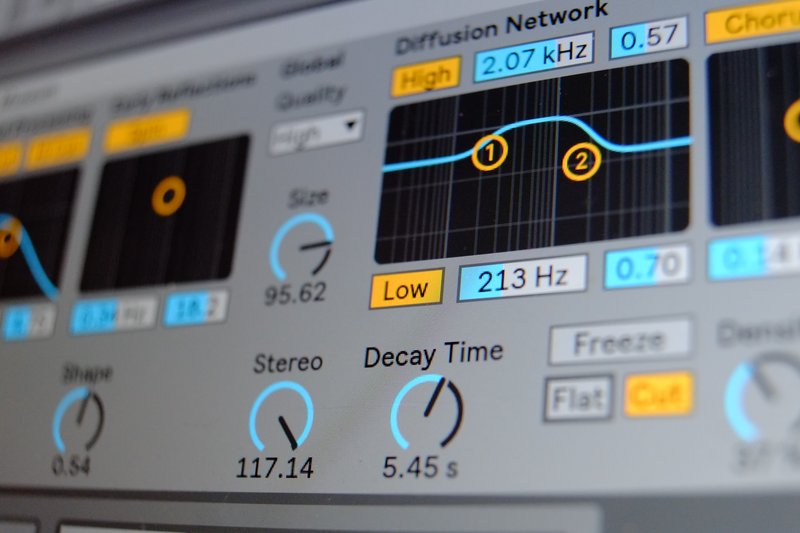Space Exploration: Four Creative Approaches to Using Reverb

Accounts vary on the first recording to use artificial reverb, but the most widely acknowledged origin story centers on The Harmonicats’ "Peg O' My Heart" – a harmonica instrumental that hit No. 1 all the way back in the summer of 1947.
Engineer Bill Putnam achieved the record’s hypnotic tone in a way that will be familiar to anyone who’s ever enjoyed singing in the shower: Putnam put a loudspeaker and a microphone in the studio's bathroom and re-recorded the playback of the track as it reflected off the ceramic tiles. He then deftly mixed together the reverberant recording together with the original, dry version.
Today, reverb is a standard part of the music maker’s’ toolkit and is arguably the single most used effect in modern music production. But because of this very ubiquity and its high degree of variability, reverb tends to be an effect most of us use intuitively rather than with any kind of strategy. Nothing wrong with that of course, but it can also be quite illuminating to see someone else’s individual way of using a familiar tool – however unfamiliar the musical context. We therefore picked some of our favorite video tutorials, each of which takes a different creative approach to using reverb.
We start with Ivan Corraliza, aka ill Factor, who does a great job of explaining what all the controls in Live’s reverb device do while demonstrating some useful methods to get reverb to sit nicely in the mix.
Next up, KSHMR shows a few simple, but highly effective tricks for keeping reverb tight, punchy and clear.
Going even further into the topic of keeping reverbs clean, Ableton Certified Trainer Vespers demonstrates some techniques for precisely syncing reverb to the BPM of your tracks.
We finish up with a great tutorial by Ableton Certified Trainer, Dustin Ragland on how to make your own reverb using Live 10’s Wavetable synth and the Max for Live Convolution Pro device.
Bonus track:
From our One Thing video series, LA producer Kenny Segal demonstrates how to turn those reverb tails into lovely ethereal pads.
Want to stay up to date with us?
For more news, blog posts and videos, sign up for the Ableton Newsletter.